As a storyteller I imagine that the characters in the story I am telling are real. I can see them in my mind’s eye. They have human qualities. As I prepare a story for retelling, I’m often stopped in my tracks wondering “Why did they do this … and not that?
There’s a Sufi story Idriess Shah retells about a group of villagers discovering something they’d never seen before in the middle of their wheat field. They thought it was a monster and ran for their lives.
Life does bring the unexpected. Wandering in a garden, I wondered what made gardeners do this?
Then one day, a knowing stranger came along. When he crept up to investigate the monster he saw it was a watermelon. But pretending he was a brave warrior, he jumped up and killed it : chopped it to pieces. The villagers were amazed. When he then began to eat it noisily, they were horrified and feared they might be next! So they chased him away from their village.
This world is full of differences; new; strange; unfamiliar.
There are sights that can arouse assumptions. Who are the flowers for … and why?
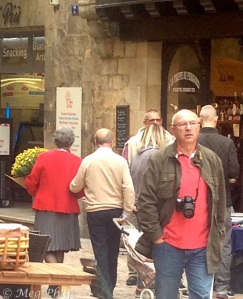
Why did they leave these behind? Did they have fun stomping on the cans?
“What possessed the makers to dye these cheeses?
Recently, my sister told me she’d watched the completion of beautiful mural near the Paris flat where we were staying. Next day, what I saw wasn’t what I expected. Why did he do this?
Some days later another traveller walked into the village and heard about their monster in the wheat field. When he saw how frightened they were, he crept to the field alongside them and having seen the watermelon, said they were right to be afraid and together they ran back to the village. He stayed with them for a while and every day, bit by bit, he told them all the facts that he knew about watermelons … until the time came when the villagers were no longer afraid and they started cultivating those strange fruits themselves.
Thankfully, characters’ motives in folktales are made really obvious. Balance must be restored and problems solved in a shortened space of time . Each character’s desires are made clear from the beginning. They want to change, to go out and seek their fortune : to move from ill fortune to good fortune, from fear to confidence, from doubt to trust. They want to live well.
When observing people’s actions in real life, their motivation is not so easy to fathom.
Perhaps that’s why people tell stories. By learning from a safe distance what others feel like – through the story’s characters, their choices and possibilities for action – we are learning how to live well, together, before any “monsters” appear.
I can learn about myself and others by putting myself in the character’s place. As the poet W.H Auden once said,
The way to read a fairy tale is to throw yourself in.
What do you think?
All text, except quote, and photos by Meg
NB. I read this Idries Shah’s story recently but I can’t remember where. You can find Sufi stories in his collections like –
Tales of the Dervishes: teaching-stories of the Sufi Master over the past thousand years, London, Octagon Press, 1982
Story Twigs …! by Meg Philp is licensed under a Creative Commons Attribution-Non Commercial-ShareAlike 4.0 International License.


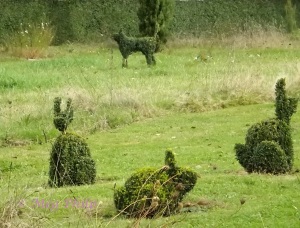
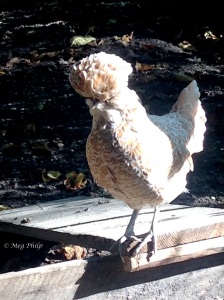

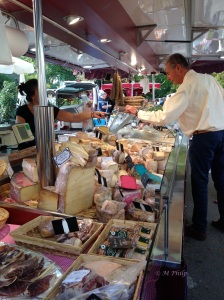
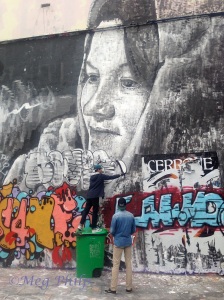
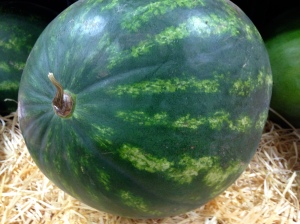

Dear Meg,
I think putting yourself in someone else’s shoes, and wondering about their motivations is what makes your stories ring true, and your stories always do! When the kids and I went through Pompeii, we asked ourselves those same questions, and our speculations became the outline of a novel based on all the evidence left behind. When we visited the little cave dwelling in Walnut Canyon, we pieced together another story about the people who once lived there, and, believe it or not, a science fiction story about the canyon in modern day times. All based on those questions inspired by the place and the people who lived there. It’s the empathy and the curiosity, the need to answer those questions that arise (and the compelling way you do) that makes you such a good teller, Meg!
Love,
Naomi
LikeLike
Thanks for this, Naomi. Your comments about how you see me as a storyteller are very affirming. Rabbie Burns says in one of his poems “Oh would some power the gift to give us, to see ourselves as others see us.” (It sounds much better written in Lowland Scots). You are a dear friend. M
LikeLike
What an excellent article.
LikeLike
ffranses, thank you. I do wonder sometimes. I need to catch up with you soon. Love from M
LikeLike
Great post…. Truly provoking…
I much enjoyed your insights regarding that green garden… What made gardeners do this?. A tentative answer: To emulate Versailles Castles!~ 😉
I think that characters are defined by the author but also they are influenced due to the plot!… It is a sort of tugging game somehow…. Finally the readers, through their reading and assumptions, give those characters a more determined feature as to their personality (it is also an issue of interpretation somehow).~
Thanks for sharing! Best wishes. Aquileana 😀
LikeLike
Aquileana, you are right. The topiary is actually in a famous, French, 18th Century, manor-style garden – “Le Jardin d’Eyrignac” in the Dordogne. Glad you enjoyed the post. M
LikeLiked by 1 person
Greetings from a new follower. I think you’ll be happy to know that Hoopoe Books (q.v.) has published this tale as “The Clever Boy and the Terrible Dangerous Animal”. The ‘original’ version is in Shah’s collection, “The Dermis Probe”.
LikeLike
Thank you for the update. Good to hear. Kind Regards – Meg
LikeLike